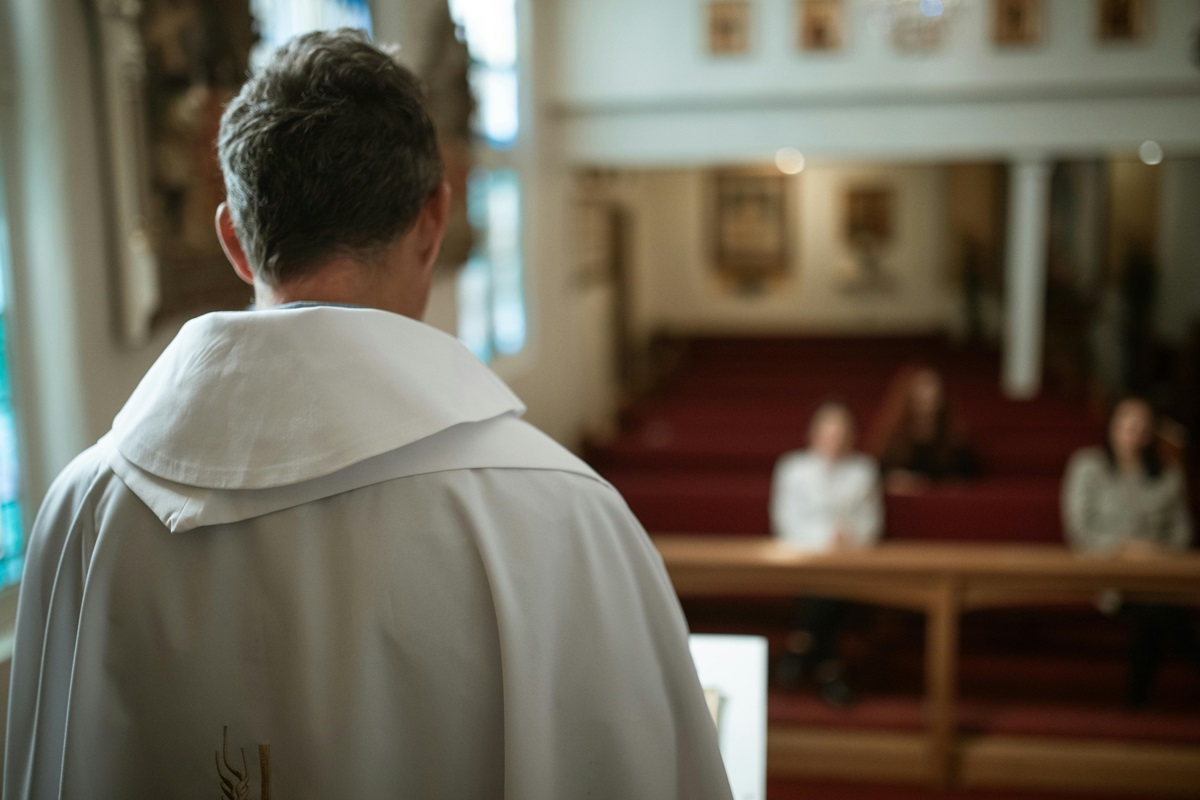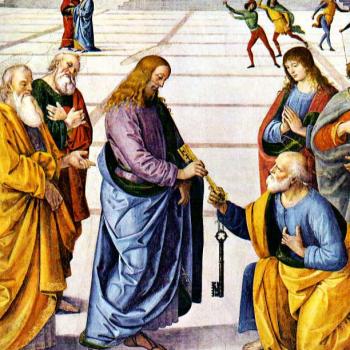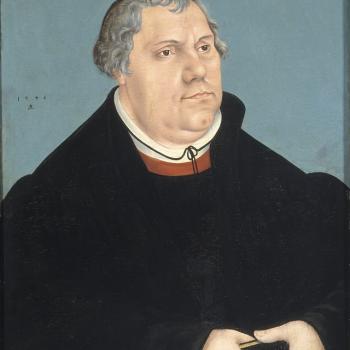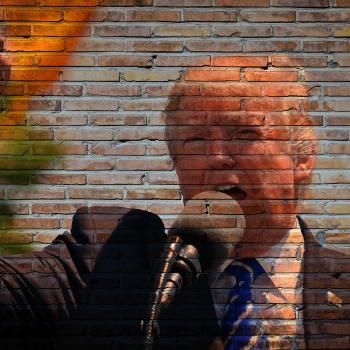“So, the Black church invited you to guest preach?” my deacon asked. “Do you think that’s wise?” Yes, this was a 21st-century conversation.

One of the wonderful things about having been either a youth pastor or senior pastor at six churches is that when I talk about them, nobody knows which church it was. So, there will be no names—but this really happened. This is the tragedy of a congregation and community in the rural South, where such things still happen. It’s also the story of a young pastor who still had a lot to learn. What’s the color of compromise? It’s yellow—the color of cowardly churches and pastors. I’ll tell you more in a minute. But first…
The Color of Compromise
I just finished reading The Color of Compromise: The Truth About the American Church’s Complicity in Racism. Amazon’s review says:
“The Color of Compromise is both enlightening and compelling, telling a history we either ignore or just don’t know. Equal parts painful and inspirational, it details how the American church has helped create and maintain racist ideas and practices. You will be guided in thinking through concrete solutions for improved race relations and a racially inclusive church…. The Color of Compromise is not a call to shame or a platform to blame white evangelical Christians. It is a call from a place of love and desire to fight for a more racially unified church that no longer compromises what the Bible teaches about human dignity and equality.”
Jemar Tisby’s book is a must-read for all followers of Jesus who want to understand the real history of brutal racism in the American church. The author goes beyond discussing aggressive forms of racism and tackles the passive-aggressive prejudice that allows racism to exist and thrive. Tisby talks about the “go along to get along” attitude toward racism that does nothing more than perpetuate discrimination, even if motivated by a well-intentioned desire for unity in the church. I hope you’ll get a paper copy that you can take notes in, underline, and mark up. It’s definitely worth the read!
A Word of Caution—or a Threat?
“Do you really think that’s a good idea?” the deacon asked. Their eyes pierced me with a gaze that said, “You know that you’ll be in trouble if you do this, don’t you?” That stern look also made me wonder if this deacon might be the source of the trouble. Like, this “kind advice” might be more of a threat than a word of caution.
Bear in mind—I was not a novice pastor at this point in my career. So, I knew that in a Baptist church, the pastor doesn’t truly call the shots, and lives or dies professionally at the whim of the people. Neither was I a seasoned veteran, full of confidence and able to weather the storms of an angry congregation. So, I did the only thing I could think of.
I compromised. Well, to be honest, I lied.
I Lied
Compromise would imply a give-and-take. But in this case, all I did was take. I took back my promise and broke my word. Or maybe the compromise wasn’t with other people, but with my own beliefs, and my own character. In any case, it was one of the things I’m most ashamed of in my life, and I have told few people about until now.
“I’m sorry,” I told my friend, the pastor of the other church. “When I agreed to speak on that date, I forgot that I’d already booked that Sunday off with my family.”
I’m sure he could see through my lie, but he also knew that I was so fragile at that moment that he let me get away with it. He simply said, “Well, maybe some other time.”
Racism in the Rural South
You must understand the deep-seated racism in the rural South where I served. You have to know that integrated churches in that region are few and far between. On page 52 of The Color of Compromise, Tisby says:
“Harsh though it may sound, the facts of history nevertheless bear out this truth: there would be no black church without racism in the white church.”
Yes, it’s true that the Black church was formed by formerly enslaved people. They left the Caucasian church of their own accord, to establish churches and denominations independent of their former enslavers. So, it could be said with historical accuracy that the segregation of the American church is due to the actions of Black worshipers.
Yet, there would have been no need for a mass exodus from White churches, had it not been for the racism of White church leaders. These “men of God” forced congregants of color to endure continued submission in church roles. Realizing that segregated worship was the only way to find equality in the church, Black believers left the White church in droves.
An Awkward Invitation
In my time pastoring that little church, I had seen the racism of my own congregants. I had also built (what I believed to be) a friendship with the pastor of the local African American church. I visited them when I could, when their services happened when my own church had no meetings. I became known to the people of that congregation, and I felt I knew some of them.
So, the invitation came naturally, when that church scheduled its anniversary celebration, marking a benchmark number of years since its founding. “It only makes sense that you speak at our church,” the pastor had said, “since the ancestors of our church members had been former members of your congregation.” I thought it made perfect sense, too, so I had accepted the invitation.
But then I had caved, and lied, and damaged a friendship. I did this at the slightest pressure from a racist deacon who may or may not have even been speaking for the others in my church. (And so what if that deacon had been speaking for all of them?) Yes, the color of my compromise was as yellow as the cowardice in my heart. And I have regretted that decision from that day until now.
What I Didn’t Realize
Let me emphasize—I knew this decision was cowardly, even before I carried it out. I didn’t “slip into sin”—I ran into this lie as if into the arms of a savior that would rescue me from a tight spot. I knew it was wrong, but I didn’t see any way out. I didn’t blurt out this lie—I premeditated it. I thought it was the easiest way to keep my deacon and other White church members happy, while saving face with the neighboring Black church that I had come to love, too.
What I didn’t realize was the rift that it would create. I couldn’t know how guilt would prevent me from entering the doors of that neighboring church for another fifteen years—and how the face I was trying to save had ended up breaking relationships. What I didn’t realize was the chasm it would create in my own soul.
It’s tough to write a confession like this. In my next article, I’ll talk about how I tried to repair that chasm I created. But for now, I’ll just let the weight of my mistake hang in the air. I don’t want to wrap it up in a bow and make it pretty. Because racism is ugly…and I want to sit in the ugliness for a while, and let the next article be its own thing.
For related reading, check out my other articles:


















